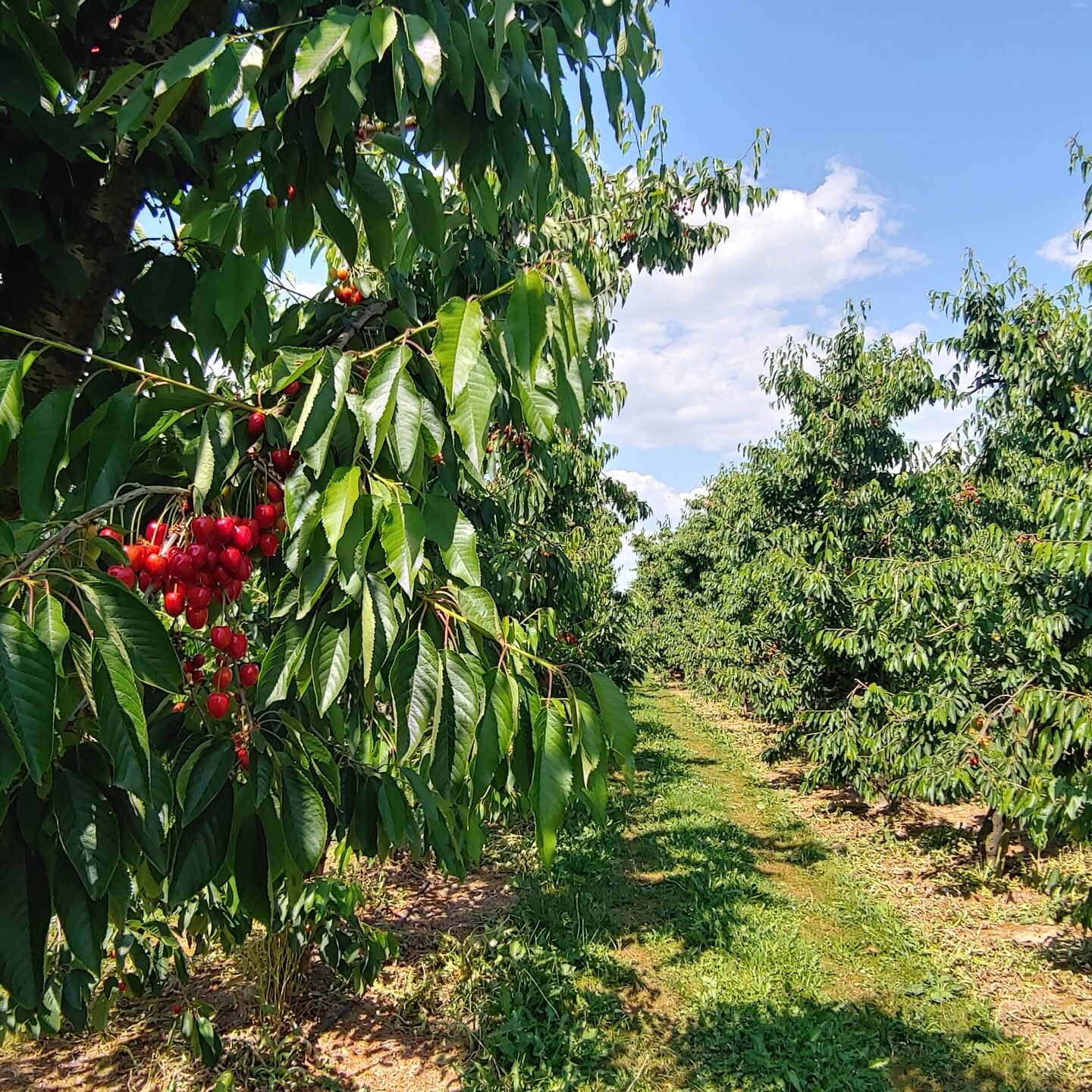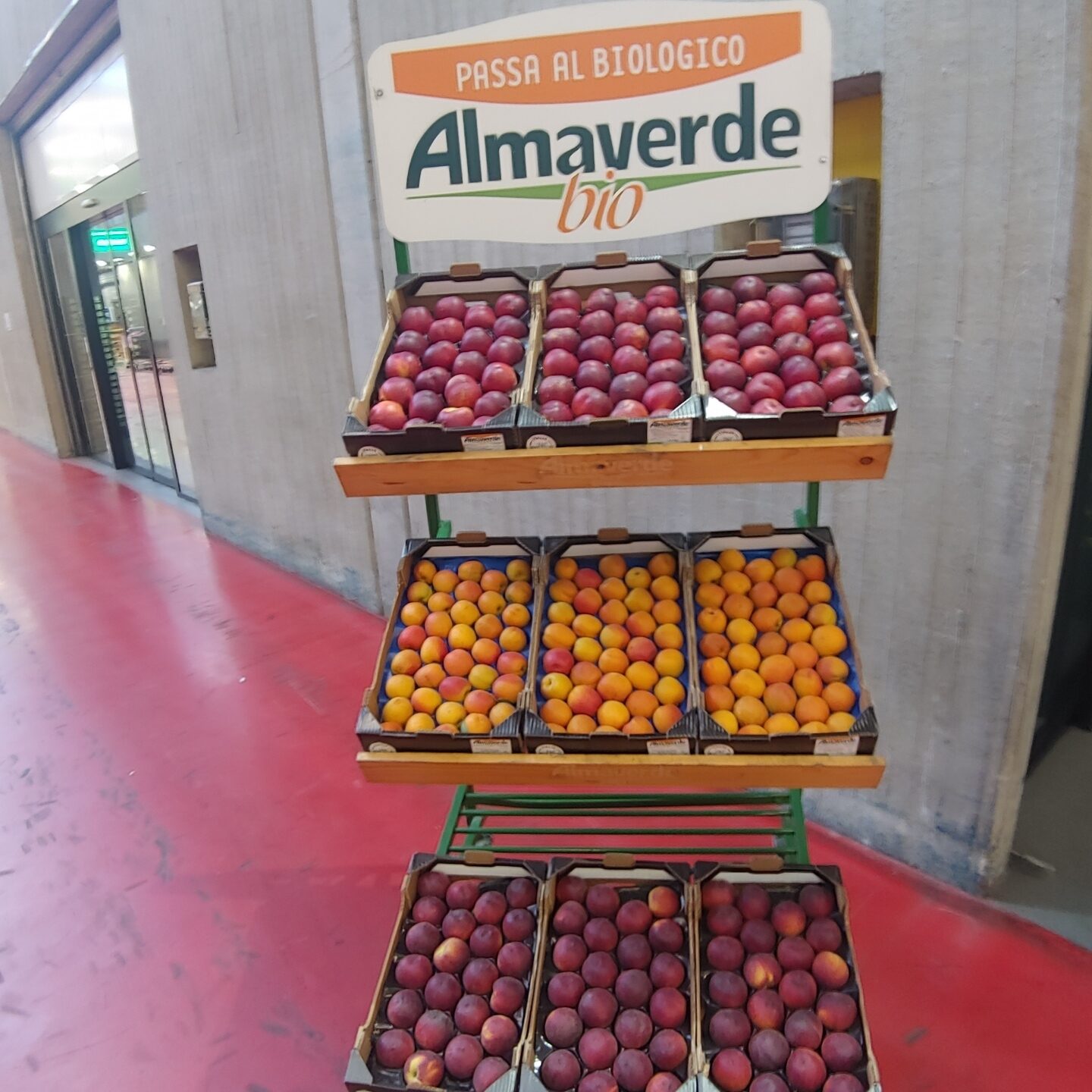Organics Europe sees new consumption trends driven by sustainable labels
- Organics/Sustainability
- Others
- Belgium
- Europe
- European Commission
- IFOAM
- Organics Europe
- natural pesticides
- Organic farming
- sustainability
- synthetic chemicals
One of these trends is the increased focus on food sustainability, highlighted in the EU Farm-to-Fork strategy. This strategy aims to increase EU agricultural land under organic cultivation to 25% by 2030 and reduce the use of chemical pesticides by 50% by the same year. This strategy is accompanied by an EU Organic Action Plan that focuses both increasing on production and consumption. In the long run, this will encourage consumers and public institutions to purchase more organic produce and products that are produced using sustainable farming practices – at the same time ensuring a balanced supply of organic products.
Increased focus on sustainable labels
Another development that will likely impact consumption is an increased focus on sustainability labelling, also for food. The European Commission is creating a sustainable labelling framework covering nutritional, climate, environmental, and social aspects of food production. However, there is concern regarding the proposed Product Environmental Footprint (PEF) methodology being used for food, as it would lead to better scores being placed on products that were produced using intensive production methods rather than extensive practices that look at the food system as a whole. As such, alternative methodologies like the PlanetScore, measuring externalities such as the impact of pesticides, the impact on biodiversity, or animal welfare, would give consumers a more accurate picture of the environmental impact of the food they buy.
In addition, the European Commission will also release a proposal for a regulation of new GMOs. This is relevant to all GMO-free and organic supply chains, as the proposal may exclude these novel techniques from traceability and labelling requirements, putting consumer freedom of choice at risk.
How to better assess pesticide use & risks
The current Harmonised Risk Indicator (HRI) 1, elaborated by the Commission and the Member States under the current Directive on the Sustainable Use of Pesticides (SUD) and adopted in 2019, gives only a partial picture of the evolution of risks related to the use of pesticides because it does not consider how, where and when pesticides are used – as this information is not available to the Commission.
The HRI-1 is of great concern as it seriously undermines the Commission’s ambition and credibility of pesticide use and risk reduction efforts. The indicator overestimates the risks of naturally occurring substances and underestimates the risks of chemically synthesised pesticides – giving the impression that organic farming is the main problem. However, even used on synthetic pesticides, there is a systematic bias in favour of the most toxic ones as their toxicity is systematically underestimated when applying the HRI-1. Relying on a misleading indicator to measure pesticide reduction is ineffective and unfair to organic farmers who are the ones who strive to find alternatives to toxic chemically synthesized pesticides. It is also in contradiction with the EU’s target of reaching 25% of organic agricultural area by 2030.
As a solution to fix the SUR’s indicator, Organics Europe (IFOAM) proposes to calculate a reference hectare application rate for each active substance (from the hectare application rates of all plant protection products that contain the active substance in question), applying a clear and meaningful calculation rule. In IFOAM 2022 note[1], Organics Europe explains it is possible to build a better indicator on the basis of already available data on pesticide sales, for example, the French indicator NODU (Nombre de Doses par Unité). This gives information on the intensity of pesticide use, with an indicator in hectares reflecting the total area that would be treated with the active substances sold annually. The advantage of such an indicator is that it does not discriminate against natural substances. Moreover, the Commission and Member States already collect the data necessary to calculate the NODU. Also, even if still a more differentiated appreciation of risk profiles is lacking from this indicator, the treatable area is a far better indication of potential risk than mere volumes figures.
Secondly, IFOAM Organics Europe also calls the EU institutions to enhance the HRI-1 by deleting the weighting factor category 64 (NB: HRI-1 uses four weighting factor categories 1, 8 or 16 to 64), which retroactively increases the baseline and automatically triggers a pesticide reduction compared to the baseline for national pesticide reduction targets. Banned pesticides should keep the same weighting factor as when authorized to avoid a retroactive increase of the baseline. This issue has already been pointed out by the European Court of Auditors in 2020[2]. More information is available at Organics Europe library on recommendations on the Sustainable Use of Pesticides Regulation (SUR).
Need for simplified homologation of natural substances for organic farming
Although the organic approach to plant health primarily depends on preventative and indirect measures within the agroecosystem to minimize reliance on external inputs, natural pesticides may still be used as a last resort. In conventional agriculture, 232 chemically synthesised pesticide active substances are currently approved, many of them synthesized from the derivatives of petroleum chemistry.
This contrasts with the 57 naturally occurring active substances currently approved for use in organic agriculture according to the EU Organic Regulation (EC) 848/2018. The most fundamental difference between chemically synthesized and naturally occurring substances could be that the latter have been shaped by millions of years of evolutionary selection processes, serving as both drivers and products, and continue to do so. Consequently, naturally occurring substances are usually degraded much faster than synthesised substances from the chemical laboratory.
Once authorised under EU horizontal legislation, a substance must still be approved under the EU Organic Regulation for use in organic production. This double approval process can take several years. Member States should submit any request to add a substance to the list of substances authorised under organic production to the European Commission. The independent Expert Group for Technical advice on Organic Production (EGTOP) assists the Commission by assessing the compliance of the substances with the objectives and principles of organic production. The EGTOP also provides non-binding recommendations if a substance should be authorised for organic production. The European Commission generally follows the EGTOP’s opinion. Including these substances in the EU Organic Regulation causes a time lag between introducing an input in agriculture and its legal use in certified organic agriculture. Regular EGTOP meetings – at least once a year – could reduce this time lag while ensuring inputs are rigorously assessed against organic’s principles.
Therefore, it is key to establish natural substances as a category of their own in regulation (EC) 1107/2009. This is the legal pre-requisite for a dedicated authorisation process considering the specific characteristic of these substances while stringently assessing their risks. Establishing natural substances as a category will ensure only natural substances that are necessary and safe for farmers, consumers, and the environment will find their way into EU markets.
For more information, Organics Europe published online a leaflet about plant health care in organic farming.
More natural substances will help transition to organic farming
Organic farmers’ self-limitation of using only substances that exist in nature is a measure of precaution that prevents the introduction of new and alien substances into ecosystems, promoting the protection and increase of biodiversity. Increasing the availability of natural substances should be the foundation for new approaches in plant health care. An appropriate registration process is essential to estimate the risks associated with natural substances and to consider their multi-functionality in providing more than one plant health care service, such as plant protection and fertilisation.
By increasing the availability of natural substances in line with the organic’s approach to plant health, a smooth transition to organic farming systems can be achieved. More information is available in an Organics Europe leaflet about plant health care in organic farming.
Other “green claims” on the way to being regulated
The European institutions are working on many legislative initiatives that will impact the organic supply chain – especially distributors and retailers. The “legal framework on sustainable food systems” encompasses many relevant pieces of legislation for organic. First, the European Commission will establish principles for the labelling of the sustainability of food products, including organic products, and adopt another proposal to assess “green claims” in the food sector. Criteria and methodologies to assess food products’ environmental impact must consider the positive externalities organic practices provide. Think about biodiversity protection and the absence of synthetic chemicals and fertilisers. As this is not the case, for now, Organics Europe and its members are mobilising. We want to avoid new labels from misleading consumers. Many try to buy environmentally friendly products but could end up buying products from the most intensive and destructive farming models because the label on it uses a biased methodology. More information is available at the Food Policy section of Organics Europe website.
Another strategic issue is a Commission deregulation of some new genetic engineering techniques. IFOAM mobilized its members, NGOs, and like-minded organisation. The organization called on the Commission to maintain transparency for consumers and the mandatory traceability system – the condition for organic operators guaranteeing no GMOs have been used in production. At a time when consumers are already confronted with contradictory claims about food products, it is key to maintain integrity and trust in organic products. IFOAM has been working hard on this together with its Interest Group of Organic Retailers and our GMO expert group. For example, together with retailer experts and NGOs, IFOAM drafted a pledge of GMO-free retailers. For more information, IFOAM expert Helene Schmutzler can be contacted at helene.schmutzler@organicseurope.bio or read more here.
A newsletter of policy outlook can also be received: go through Organics Europe policy outlook newsletter (available in many EU languages).
[1] Organics Europe, Proposal to develop a new indicator for monitoring the Farm to Fork pesticide reduction target, 2021, URL: https://www.organicseurope.bio/content/uploads/2022/06/IFOAMEU_Policy_SUR_Indicators_Publication_202206.pdf?dd
[2] European Court of Auditors, Special Report 05/2020: Sustainable use of plant protection products: limited progress in measuring and reducing risks, 2020. URL: https://www.eca.europa.eu/en/Pages/DocItem.aspx?did=53001





